Subtotal: $456.98
The secret to a great cigar lies in its foundation: the tobacco leaf. While a master blender’s skill is vital, the consistency and quality of the final product depend on a meticulous process that begins long before the leaves are rolled. This process is known as tobacco leaf grading, a crucial step that sorts and classifies leaves to ensure that only the best are used for your favorite cigars.
Tobacco leaf grading is an art form passed down through generations. It’s a precise system of classification that determines a leaf’s value and its ultimate purpose within a cigar. Every leaf on a plant is unique, and its grade is determined by a combination of key factors.
The Most Important Factor: Leaf Position (Primings)
A tobacco plant can be divided into distinct sections, or primings, based on where the leaves grow on the stalk. This is the single most important factor in tobacco leaf grading because it dictates the leaf’s characteristics and flavor profile.
- Volado (Bottom Leaves): These leaves grow closest to the ground. They are thin and have been shaded by the leaves above them, which means they have very little flavor or strength. However, their great combustibility makes them ideal for use as a filler to help the cigar burn evenly and consistently.
- Seco (Middle Leaves): Found in the middle of the plant, these leaves receive more sunlight than the Volado leaves. This exposure gives them a more pronounced aroma and flavor. They are primarily used as filler and binder tobacco, contributing to the overall complexity of the cigar.
- Viso (Upper Middle Leaves): Located above the Seco, Viso leaves are stronger and richer in flavor. They get more sunlight than the leaves below and are a key component in the filler blend to add body and character.
- Ligero (Top Leaves): “Ligero” means “light” in Spanish, but these leaves are anything but. Exposed to the most direct sunlight, they are the thickest, strongest, and most potent leaves on the plant. Ligero leaves are essential for adding strength and a bold, spicy kick to a cigar’s blend.
Other Key Grading Factors
While position on the stalk is paramount, other characteristics also determine tobacco leaf grading.
- Color and Texture: The color of a cured leaf indicates its ripeness and sugar content. A rich, oily texture suggests a healthy, well-fermented leaf, while a dry, brittle leaf would be a lower grade.
- Size and Condition: The overall size and physical integrity of the leaf are also important. Leaves that are whole and free from tears or blemishes are always graded higher, as they are ideal for use as wrappers and binders.
Tobacco Leaf Grading Impact on Cigar Quality
The art of blending a premium cigar is a careful balancing act, and it wouldn’t be possible without a precise grading system. A master blender carefully selects different leaves from various primings to create a cigar with a specific, consistent profile. The mellow Volado leaves ensure a smooth burn, the aromatic Seco and Viso leaves build the core flavor, and the potent Ligero leaves provide the desired strength and kick.
At Cigar Factory Outlet, we understand that this meticulous process is what makes every cigar special. Our commitment to quality begins with the careful selection of graded tobacco leaves, ensuring that every cigar we offer provides an exceptional and consistent smoking experience.

 Java Maduro The 58
Java Maduro The 58